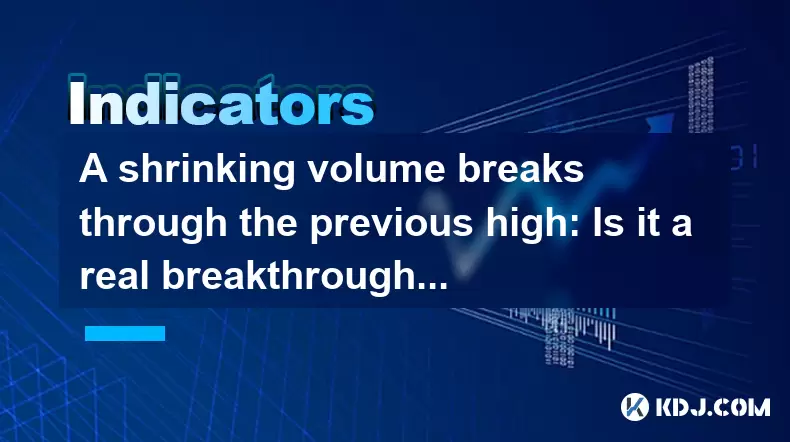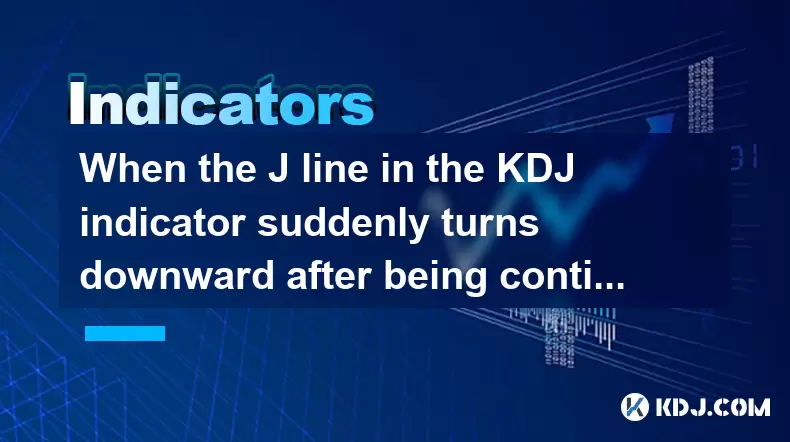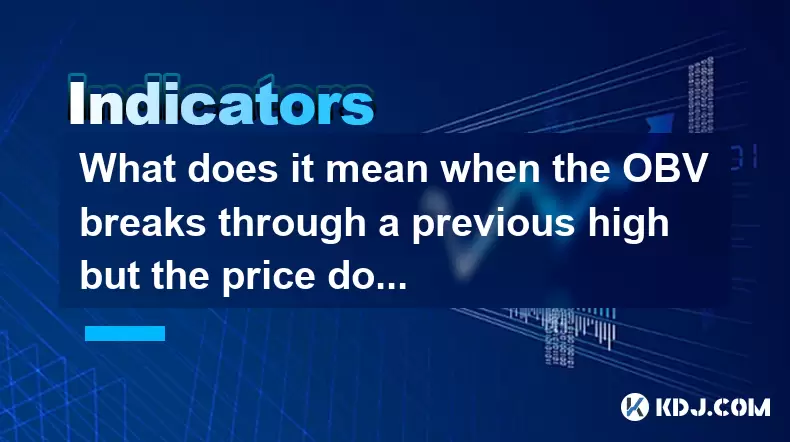-
 Bitcoin
Bitcoin $116700
0.24% -
 Ethereum
Ethereum $3973
4.34% -
 XRP
XRP $3.283
7.68% -
 Tether USDt
Tether USDt $1.000
0.01% -
 BNB
BNB $789.8
2.27% -
 Solana
Solana $176.2
3.31% -
 USDC
USDC $0.9999
0.00% -
 Dogecoin
Dogecoin $0.2238
5.14% -
 TRON
TRON $0.3389
-0.51% -
 Cardano
Cardano $0.7907
4.03% -
 Stellar
Stellar $0.4527
10.02% -
 Hyperliquid
Hyperliquid $41.07
4.27% -
 Sui
Sui $3.794
1.77% -
 Chainlink
Chainlink $19.49
10.40% -
 Bitcoin Cash
Bitcoin Cash $580.9
0.74% -
 Hedera
Hedera $0.2617
4.32% -
 Avalanche
Avalanche $23.41
3.67% -
 Ethena USDe
Ethena USDe $1.001
-0.03% -
 Litecoin
Litecoin $122.4
1.38% -
 Toncoin
Toncoin $3.364
1.49% -
 UNUS SED LEO
UNUS SED LEO $8.988
0.37% -
 Shiba Inu
Shiba Inu $0.00001295
2.82% -
 Uniswap
Uniswap $10.62
5.75% -
 Polkadot
Polkadot $3.922
4.46% -
 Dai
Dai $1.000
0.01% -
 Bitget Token
Bitget Token $4.494
2.15% -
 Monero
Monero $268.0
-1.30% -
 Cronos
Cronos $0.1523
3.68% -
 Pepe
Pepe $0.00001127
4.43% -
 Aave
Aave $285.4
4.85%
A shrinking volume breaks through the previous high: Is it a real breakthrough or a false signal?
A breakthrough on shrinking volume in crypto markets can be real or false; consider broader trends and technical indicators for validation.
Jun 01, 2025 at 07:21 pm

In the cryptocurrency market, understanding volume trends and price movements is crucial for making informed trading decisions. One common scenario that traders often encounter is a shrinking volume that breaks through a previous high. This situation raises a critical question: Is it a real breakthrough or a false signal? Let's delve into this topic to better understand the implications and how to interpret such patterns.
Understanding Volume and Price Breakthroughs
Volume in the context of cryptocurrency trading refers to the total number of coins or tokens traded within a specific period. It is a key indicator of market activity and liquidity. A price breakthrough occurs when the price of a cryptocurrency surpasses a previous high or low, signaling a potential shift in market sentiment.
When a breakthrough happens with shrinking volume, it can be perplexing. Typically, a genuine breakthrough is accompanied by an increase in volume, as more traders participate in the market movement. However, when the volume decreases, it may suggest that the breakthrough lacks the necessary market support to be sustainable.
Analyzing the Context of the Breakthrough
To determine whether a breakthrough on shrinking volume is real or a false signal, it's essential to consider the broader market context. Factors such as overall market trends, news events, and the behavior of other cryptocurrencies can influence the validity of the breakthrough.
For instance, if the entire market is experiencing a bullish trend, a breakthrough on shrinking volume might still be valid if it aligns with the general market movement. Conversely, if the market is bearish or if there are no significant catalysts driving the price, a breakthrough on shrinking volume is more likely to be a false signal.
Technical Indicators to Confirm Breakthroughs
Traders often use technical indicators to validate breakthroughs and assess their strength. Some key indicators to consider include:
- Moving Averages: A breakthrough above a significant moving average (e.g., 50-day or 200-day) can lend credibility to the price movement, even if the volume is shrinking.
- Relative Strength Index (RSI): If the RSI is not overbought (typically above 70) during the breakthrough, it may indicate that the price movement has room to grow.
- Bollinger Bands: A breakthrough above the upper Bollinger Band can be a sign of strong momentum, but it should be supported by other indicators and market conditions.
By combining these technical indicators with volume analysis, traders can make more informed decisions about the validity of a breakthrough.
Case Studies: Real Breakthroughs vs. False Signals
Examining case studies can provide valuable insights into how shrinking volume breakthroughs play out in real-world scenarios. Let's look at two examples:
Case Study 1: Bitcoin (BTC)
In early 2021, Bitcoin experienced a breakthrough above its previous high of $20,000 on relatively low volume. Despite the shrinking volume, the breakthrough was followed by a sustained upward trend, reaching over $60,000. In this case, the breakthrough was real, supported by strong market sentiment and institutional adoption.
Case Study 2: Ethereum Classic (ETC)
In late 2019, Ethereum Classic saw a breakthrough above its previous high on shrinking volume. However, this breakthrough was short-lived, and the price quickly reversed. The lack of volume and broader market support indicated that the breakthrough was a false signal.
These examples illustrate that while a shrinking volume breakthrough can lead to a real price movement, it is not guaranteed and requires careful analysis of other factors.
Risk Management Strategies
Given the uncertainty surrounding breakthroughs on shrinking volume, risk management is crucial. Traders should consider the following strategies:
- Position Sizing: Limit the size of your position to manage potential losses if the breakthrough turns out to be a false signal.
- Stop-Loss Orders: Use stop-loss orders to automatically exit a position if the price falls below a certain level, protecting against significant losses.
- Diversification: Spread your investments across different cryptocurrencies to reduce the impact of any single false signal on your overall portfolio.
By implementing these risk management strategies, traders can mitigate the potential downsides of acting on a breakthrough with shrinking volume.
Psychological Factors and Market Sentiment
Psychological factors and market sentiment play a significant role in how traders interpret and react to breakthroughs on shrinking volume. Fear of missing out (FOMO) can drive traders to enter positions prematurely, while skepticism can lead to missed opportunities.
Understanding the prevailing market sentiment can help traders gauge the likelihood of a breakthrough being real or false. Tools like sentiment analysis platforms and social media monitoring can provide insights into how other traders are viewing the market.
Frequently Asked Questions
Q1: Can a breakthrough on shrinking volume be a leading indicator of a larger trend?
A breakthrough on shrinking volume can sometimes be a precursor to a larger trend, but it is not a reliable indicator on its own. It requires confirmation from other technical indicators and market conditions to be considered a leading signal.
Q2: How does the time frame affect the interpretation of a breakthrough on shrinking volume?
The time frame can significantly impact the interpretation of a breakthrough on shrinking volume. On shorter time frames, such as hourly or daily charts, a breakthrough on shrinking volume may be more susceptible to being a false signal. On longer time frames, like weekly or monthly charts, a breakthrough may carry more weight, even with lower volume.
Q3: Are there specific cryptocurrencies more prone to false signals on shrinking volume breakthroughs?
Cryptocurrencies with lower market caps and liquidity are generally more prone to false signals on shrinking volume breakthroughs. This is because they are more susceptible to manipulation and have less consistent trading volume.
Q4: How can traders differentiate between a genuine breakthrough and a temporary price spike on shrinking volume?
To differentiate between a genuine breakthrough and a temporary price spike, traders should look for sustained price movement beyond the initial breakthrough. A genuine breakthrough will typically be followed by continued upward momentum and increased volume, while a temporary spike will often reverse quickly.
Disclaimer:info@kdj.com
The information provided is not trading advice. kdj.com does not assume any responsibility for any investments made based on the information provided in this article. Cryptocurrencies are highly volatile and it is highly recommended that you invest with caution after thorough research!
If you believe that the content used on this website infringes your copyright, please contact us immediately (info@kdj.com) and we will delete it promptly.
- Solana, Litecoin, Remittix: Unpacking the Latest Crypto Trends
- 2025-08-09 09:30:12
- Bitcoin Cash, AIXA Miner, and Daily Income: A New Yorker's Take
- 2025-08-09 09:30:12
- Trump, Crypto, and Public Companies: A New York Minute on Digital Finance
- 2025-08-09 09:50:12
- Trump's 401(k) Crypto Revolution: Is Your Retirement Ready?
- 2025-08-09 09:50:12
- Coinbase, DEX Trading, and Self-Custody: A New Era for Crypto?
- 2025-08-09 09:55:11
- Trump Family, Crypto Ventures, and Stablecoins: A New York Minute on USD1
- 2025-08-09 09:55:11
Related knowledge

What does it mean when the Williams' oscillator repeatedly hits bottoms but fails to rebound?
Aug 09,2025 at 09:28am
Understanding the Williams %R OscillatorThe Williams %R oscillator, developed by Larry Williams, is a momentum indicator used in technical analysis to...

When the J line in the KDJ indicator suddenly turns downward after being continuously overbought, does it indicate a top?
Aug 09,2025 at 06:35am
Understanding the KDJ Indicator and Its ComponentsThe KDJ indicator is a momentum oscillator widely used in cryptocurrency technical analysis to ident...

What does it mean when the TRIX indicator suddenly diverges downward after a long period of convergence?
Aug 09,2025 at 12:56am
Understanding the TRIX Indicator in Cryptocurrency TradingThe TRIX indicator, or Triple Exponential Average, is a momentum oscillator used in technica...

What does it mean when the OBV breaks through a previous high but the price doesn't reach a new high?
Aug 09,2025 at 07:57am
Understanding the On-Balance Volume (OBV) IndicatorThe On-Balance Volume (OBV) is a technical analysis indicator that uses volume flow to predict chan...

Why is the rise limited after a MACD bottoming divergence?
Aug 09,2025 at 12:07am
Understanding MACD Bottoming Divergence in Cryptocurrency TradingThe MACD (Moving Average Convergence Divergence) is a widely used technical indicator...

What does it mean when the OBV continues to rise but the price is trading sideways?
Aug 08,2025 at 10:35pm
Understanding On-Balance Volume (OBV)On-Balance Volume (OBV) is a technical indicator that uses volume flow to predict changes in stock or cryptocurre...

What does it mean when the Williams' oscillator repeatedly hits bottoms but fails to rebound?
Aug 09,2025 at 09:28am
Understanding the Williams %R OscillatorThe Williams %R oscillator, developed by Larry Williams, is a momentum indicator used in technical analysis to...

When the J line in the KDJ indicator suddenly turns downward after being continuously overbought, does it indicate a top?
Aug 09,2025 at 06:35am
Understanding the KDJ Indicator and Its ComponentsThe KDJ indicator is a momentum oscillator widely used in cryptocurrency technical analysis to ident...

What does it mean when the TRIX indicator suddenly diverges downward after a long period of convergence?
Aug 09,2025 at 12:56am
Understanding the TRIX Indicator in Cryptocurrency TradingThe TRIX indicator, or Triple Exponential Average, is a momentum oscillator used in technica...

What does it mean when the OBV breaks through a previous high but the price doesn't reach a new high?
Aug 09,2025 at 07:57am
Understanding the On-Balance Volume (OBV) IndicatorThe On-Balance Volume (OBV) is a technical analysis indicator that uses volume flow to predict chan...

Why is the rise limited after a MACD bottoming divergence?
Aug 09,2025 at 12:07am
Understanding MACD Bottoming Divergence in Cryptocurrency TradingThe MACD (Moving Average Convergence Divergence) is a widely used technical indicator...

What does it mean when the OBV continues to rise but the price is trading sideways?
Aug 08,2025 at 10:35pm
Understanding On-Balance Volume (OBV)On-Balance Volume (OBV) is a technical indicator that uses volume flow to predict changes in stock or cryptocurre...
See all articles

























































































